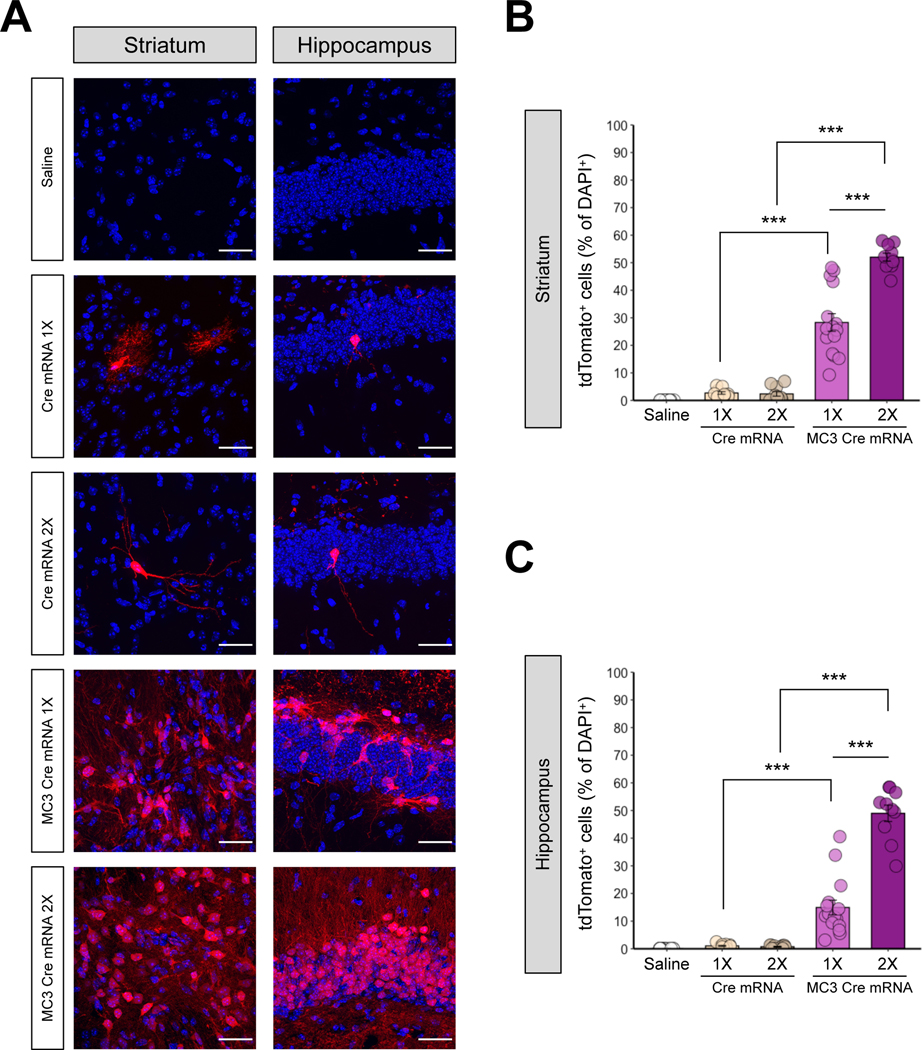Figure 4. MC3 LNPs can deliver Cre mRNA and enhance Cre-mediated recombination in mouse striatum and hippocampus.
(A) tdTomato (red) expression and DAPI (blue) nuclear staining were analyzed 21 days after the saline, Cre mRNA or MC3 LNP Cre mRNA injection in the striatum (Left), and the hippocampus (Right). Cre mRNA or MC3 LNP Cre mRNA was injected with two doses: 0.125 μg μL−1 (1X) or 0.250 μg μL−1 (2X). The scale bar represents 30 μm. (B, C) Quantification of the percentage of tdTomato+ cells among DAPI+ cells in the striatum (permutation one-way ANOVA: F(4,55) = 129.20, P < 0.001) (B), and the hippocampus (permutation one-way ANOVA: F(4,55) = 110.80, p < 0.001) (C). All data are presented as mean ± SEM. ** p < 0.01, *** p < 0.001 by post hoc permutation t-test. Post hoc p values were calculated between Cre mRNA (0.125 μg μL−1 or 0.250 μg μL−1) and MC3 LNP Cre mRNA (0.125 μg μL−1 or 0.250 μg μL−1) as well as between dosages 0.125 μg μL−1 vs. 0.250 μg μL−1 within Cre mRNA or MC3 LNP Cre mRNA. Saline (n = 15 images from 3 mice), low dose of Cre mRNA (0.125 μg μL−1; Cre mRNA 1X; n = 10 images from 2 mice), high dose of Cre mRNA (0.250 μg μL−1; Cre mRNA 2X; n = 10 images from 2 mice), low dose of MC3 LNP Cre mRNA (0.125 μg μL−1; MC3 Cre mRNA 1X; n = 15 images from 3 mice), and high dose of MC3 LNP Cre mRNA high dose (0.250 μg μL−1, MC3 Cre mRNA 2X; n = 10 images from 2 mice).

